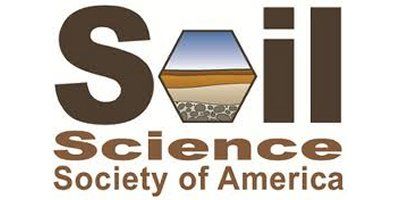

Soil Science Society of America (SSSA)
- Home
- Companies
- Soil Science Society of America (SSSA)
- Articles
- Nitrogen rate and mowing height effects ...
Nitrogen rate and mowing height effects on velvet and creeping bentgrasses for low-input putting greens
Jul. 20, 2009- By: J. C. Stier and E. J. Koeritz
Courtesy ofSoil Science Society of America (SSSA)
Economics and regulations are causing golf course managers to use lower-input approaches for turfgrass maintenance. Our objective was to compare velvet bentgrass (Agrostis canina L.) and creeping bentgrass (A. stolonifera L.) cultivars for putting green turf as affected by mowing height and N rate. Field plots were established on a sand-based root zone using a strip-split plot, randomized block design with four replications. Main plots were cultivars (‘Vesper’ and ‘SR7200’ velvet bentgrasses and ‘Penncross’ and ‘L-93’ creeping bentgrasses). Mowing heights of 2.5, 4.0, and 6.4 mm were stripped across main plots, which were split to receive 48 or 146 kg ha–1 N yr–1. Vesper at the higher N rate provided the best turf quality, had the best spring green-up, and had greater shoot density than either creeping bentgrass regardless of N rate. Cultivar and N treatments had variable effects on ball roll. In 2006 the velvet bentgrasses had less dollar spot disease (Sclerotinia homeocarpa F.T. Bennett) than creeping bentgrasses at 4.0 and 6.4 mm mowing heights. Velvet bentgrasses do not necessarily require less N than creeping bentgrasses, and intraspecific variation between cultivars indicates generic comparisons to creeping bentgrass are not always appropriate at the species level.
Most popular related searches
